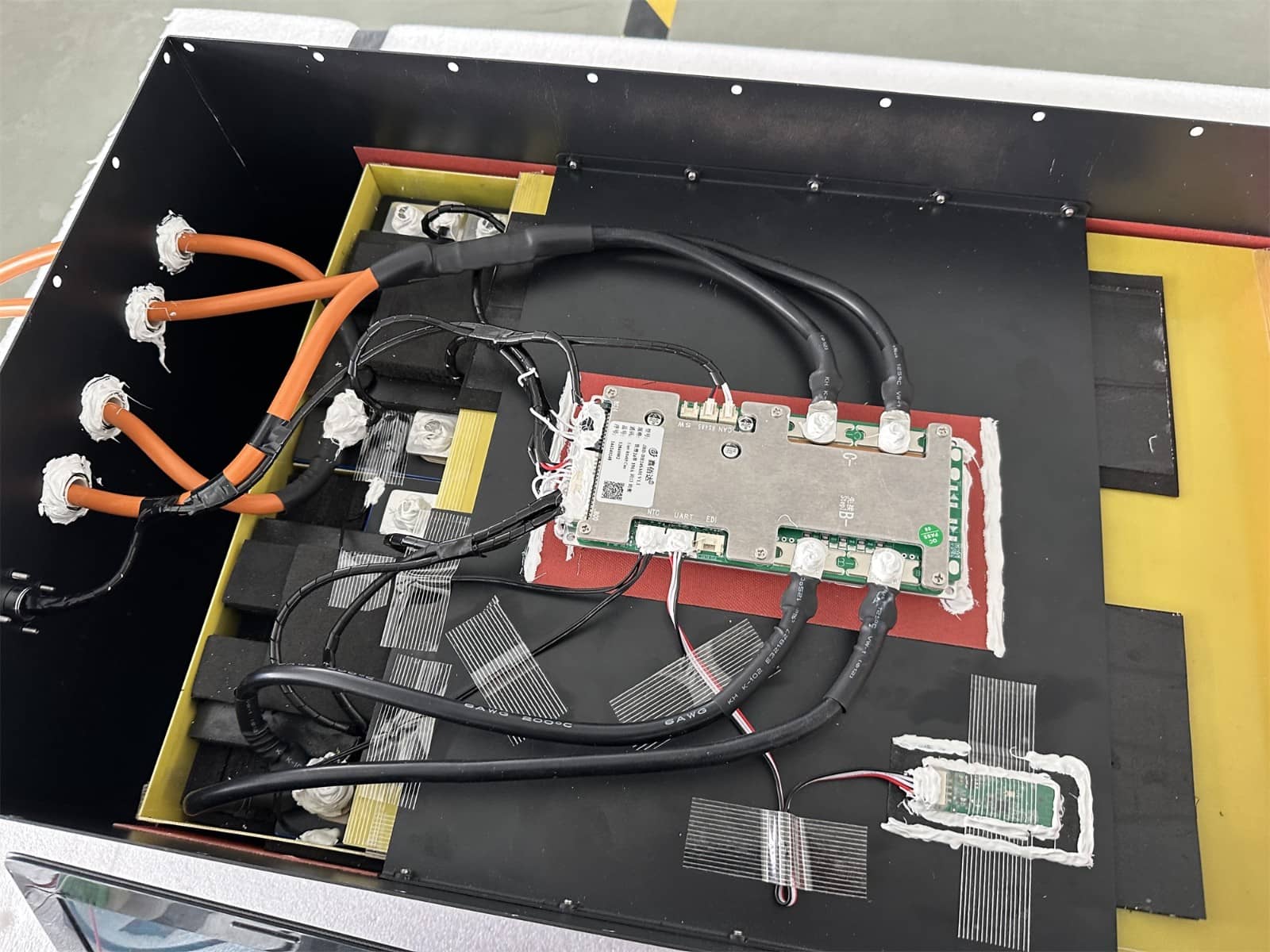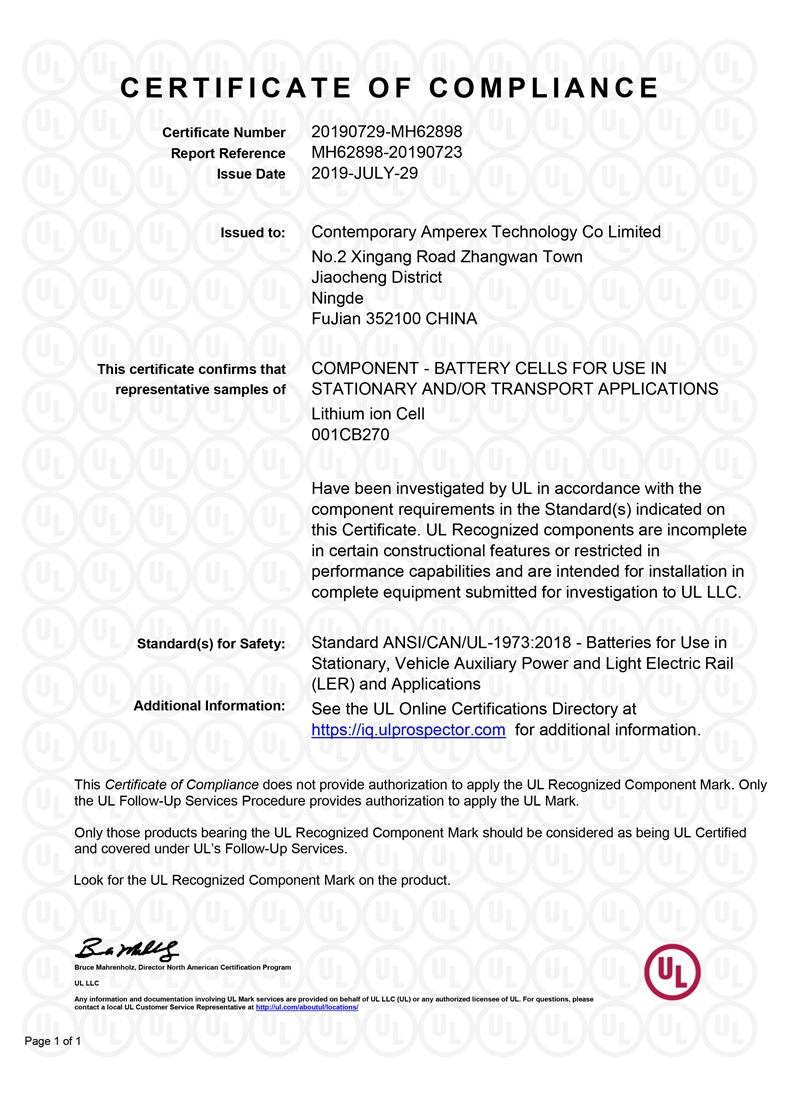Blog
How to DIY a LiFePO4 Battery Pack: A Complete Step-by-Step Guide
2025-07-28 | Calvin

Are you curious about building your own LiFePO4 battery pack? You're not alone.
DIY enthusiasts across forums, YouTube, and social media are diving into lithium iron phosphate battery projects—and for good reason. Whether it's saving money, tailoring your power setup, or just scratching that maker itch, building a LiFePO4 battery is a smart, rewarding challenge.
In this step-by-step guide, we’ll walk you through everything: from selecting the right LiFePO4 cells, testing them, assembling your battery box, and wiring up a reliable BMS. Let’s build!
What Is a LiFePO4 Battery Pack?
A LiFePO4 battery pack is a group of lithium iron phosphate cells (LiFePO4 = Lithium Iron Phosphate) connected in series, parallel, or both, to form a rechargeable battery system.
These packs are increasingly popular in:
- Off-grid solar systems
- Electric bikes and scooters
- DIY home energy storage
- RVs and campers
LiFePO4 chemistry is safer, longer-lasting, and more stable than other lithium-ion batteries—making it ideal for beginners.
Why Build Your Own DIY LiFePO4 Battery?
Here’s why thousands of people choose the DIY route:
Save Money
Pre-made LiFePO4 battery packs are expensive. By sourcing your own parts and assembling them, you can often cut costs by 30–50%.
Customize to Fit Your Needs
Build exactly what you need—whether that’s a compact pack for a camping lantern or a massive 48V system for solar backup.
Learn and Grow
Understanding how batteries work gives you valuable knowledge—and bragging rights.
Be Aware of the Risks
DIY battery building comes with safety concerns: short circuits, overheating, poor balancing. But don’t worry—we’ll show you how to avoid the pitfalls.
Tools & Materials You’ll Need
Let’s break down the key components for your build:
LiFePO4 Cells
- Type: Prismatic or cylindrical, 3.2V each
- Quality Check: Match cells within 5% capacity variance and <1mΩ internal resistance.
- Pro Tip: Choose cells with UL or CE certifications. Avoid used or unmatched cells unless you can verify their cycle life.
Tip: Cells with large capacity differences (e.g., 100Ah vs. 90Ah) will degrade your pack quickly.
Battery Management System (BMS)
A BMS protects your pack from overcharging, over-discharging, short circuits, and thermal issues.
- Choose based on your configuration (e.g., 4S 100A BMS for 12V 100Ah system).
- Smart BMS with Bluetooth monitoring adds convenience and safety.
Battery Box
Your pack needs a durable enclosure:
- Plastic: Lightweight, good for portable setups
- Metal: Durable and heat-resistant
- 3D-Printed: Fully customizable (just ensure strength and thermal ventilation)
Add ventilation holes, padding, and secure cell placement to reduce vibration and prevent short circuits.
Other Tools & Accessories
- Multimeter – to test voltage and resistance
- Soldering iron or spot welder – for secure connections
- Nickel strips – for cell interconnects
- Heat shrink tubing – for insulation
- Proper gauge wires – undersized wires = fire hazard
- Screwdriver & hardware – for assembling terminals and case
How to Build a LiFePO4 Battery Pack – Step by Step
1. Plan Your Power Needs
Define your system:
- Voltage = number of cells in series (e.g., 4 cells × 3.2V = 12.8V)
- Capacity = cell capacity × number in parallel (e.g., 4 × 100Ah = 400Ah)
Sketch a wiring plan based on your application: solar, camping, RV, etc.
2. Test Your LiFePO4 Cells
Testing is critical before assembly:
Capacity Test
- Fully charge to 3.65V
- Discharge to 2.5V using a battery tester
- Compare actual Ah to rated Ah (aim for 98–102Ah for a 100Ah cell)
Internal Resistance
- Use an IR meter
- Difference between cells should be <1mΩ
Resting Voltage
- Fully charged cells should rest at ~3.2–3.3V
- Outliers indicate imbalance or aging—replace them
3. Connect the Batteries
Series Connection (Increases Voltage)
Connect + to – from cell to cell (e.g., 4S = 12.8V)
Parallel Connection (Increases Capacity)
Connect all + together, and all – together (e.g., 4P = 400Ah)
Use nickel strips and a spot welder for secure connections.
Check polarity before welding—reverse wiring can cause sparks or cell damage.
4. Install the BMS
- Connect B- to battery negative, P- to load, and balance leads to each cell
- Follow the wiring diagram carefully
- Test cut-off functions:
- Charge protection (14.6V max)
- Low-voltage protection (typically around 2.5V per cell)
5. Assemble the Battery Box
- Arrange cells snugly
- Add padding (foam/rubber)
- Drill vents for airflow
- Seal the case to prevent moisture intrusion
- Double-check wiring inside before closing
6. (Optional) Add an Inverter
- Connect positive and negative leads to BMS output
- Test with a small load (e.g., 60W light bulb)
- Gradually increase load to avoid tripping BMS
7. Final System Test
- Check total pack voltage (e.g., 12.8V for 4S)
- Charge fully and monitor temps (<50°C)
- Discharge under load and test voltage drop across each cell
- Ensure no one cell lags behind—this indicates a weak connection or bad cell
Safety Tips for DIY LiFePO4 Battery Packs
- ✅ Tighten all terminal connections
- ✅ Use BMS rated above your expected current draw
- ✅ Keep battery within safe temperature range (0–45°C)
- ✅ Store in a fireproof location
- ✅ Periodically check voltages and clean terminals
- ❌ Never mix battery chemistries (e.g., NMC with LiFePO4)
Conclusion
DIY LiFePO4 battery projects are one of the most satisfying maker challenges out there. You gain:
- Technical skills
- Energy independence
- Cost savings
- A project you can be proud of
Test thoroughly, follow safety protocols, and enjoy the journey of building something powerful from scratch.
FAQ
What Happens If I Skip the BMS?
Your cells will overcharge, over-discharge, or worse—short circuit. A BMS is non-negotiable for safety.
Can I Expand My DIY Battery Later?
Yes, but you must match new cells’ voltage and capacity closely and rebalance the entire pack. Otherwise, uneven stress can shorten lifespan.
Can I Mix LiFePO4 with Other Battery Types?
No—mixing LiFePO4 with NCM/NCA or others will cause serious safety and performance issues.
- Next:How to Choose the Right Battery for Your Motorcycle
- Previous:Tesla Battery Types: A Simple Guide for Model S, 3, X, and Y
Contact Details
Lithium LiFePO4 Batteries and Lithium LiFePO4 Cells Supplier - LiFePO4 Battery Shop
Contact Person: Miss. Elena Wang
WhatsApp : +8615263269227
Skype : +8615263269227
WeChat :15263269227
Email : info@lifepo4batteryshop.com
All Products
- A123 Battery (5)
- Sinopoly Battery (7)
- GBS Battery (16)
- CALB Battery (22)
- Cylindrical Cell (3)
- Energy Storage System (0)
- Battery Management System (2)
- Sodium ion Battery Cell (3)
- Lithium Titanate Battery (16)
- Ternary Lithium Battery Cell (11)
- REPT Battery (8)
- BYD Battery (2)
- CATL Battery (14)
- Thunder Sky Winston Battery (21)
- EVE Battery (29)
- LiFePO4 Battery Cell (4)
Certification
Customer Reviews
- I have fond memories of our meeting in Shanghai with LiFePO4 Battery Shop Elena. Your company left a strong impression on me with its impressive growth and professionalism. We both value straightforwardness and honesty, which I believe are the most important qualities in any partnership. I am confident that we can build a successful collaboration based on these shared values. —— Robert from USA
- I've been working with LiFePO4 Battery Shop for years, and their reliability is unmatched. While other suppliers frequently change sales teams, LiFePO4 Battery Shop has consistently provided exceptional service with a stable team. Their commitment to quality and customer support truly sets them apart. —— Henry from Australia



